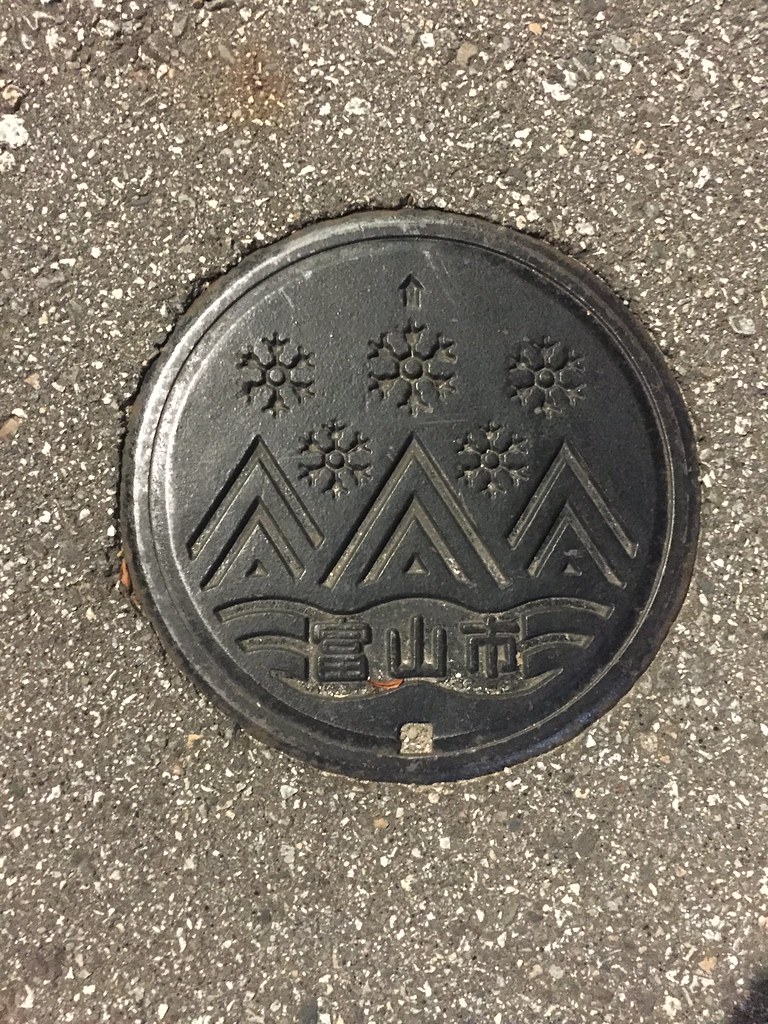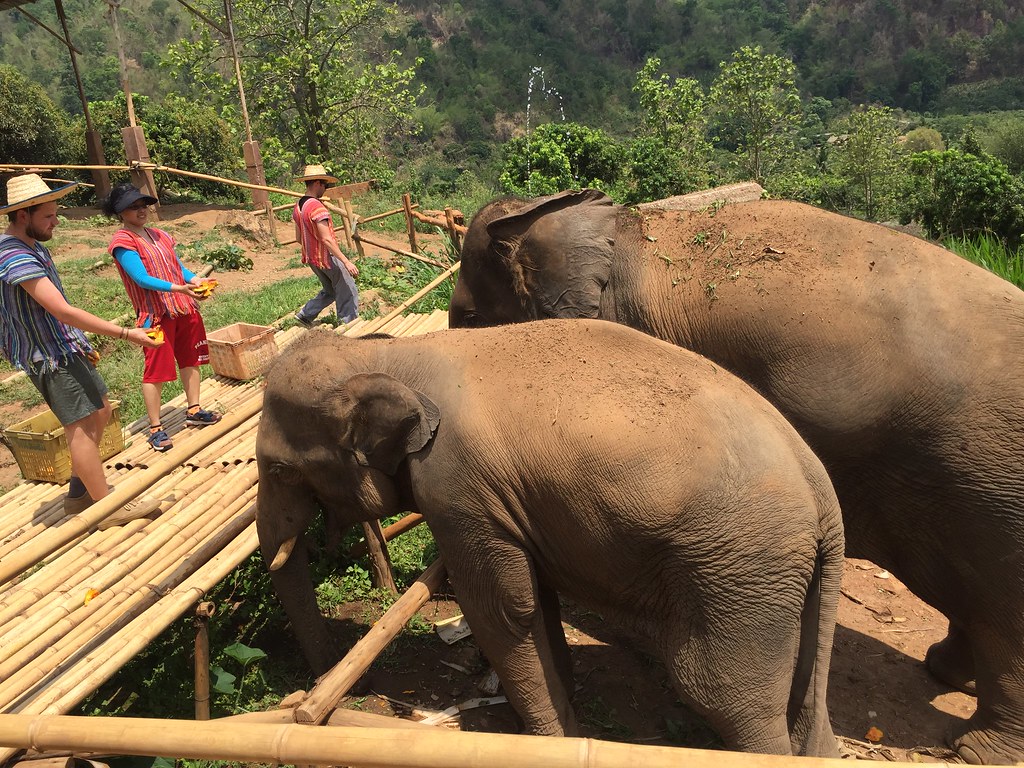When I was an engineer I mainly work with engineers from the Philippines and Japan. When I moved to my new company a few years ago, I started working with engineers from different countries around the world. At some point there were more 10 countries in the team.
As an Engineer, the programming language was our common language of communication. We share our thoughts in code reviews directly online. BUT as a project manager, I have to get information which are not necessarily code discussion and those are the times that can be a real challenge.
As an amateur on management I was lost most of the time. I did have some amazing mentors when it comes to Project Management but they also come from different countries which have different cultural background. Their style is still different and my team is also different. We need to find a balance and create our own team culture. Erin Meyer’s Book : The Culture Map is a lifesaver for me.
I’m not going be to discussing about the book, but how as a team we tackle each challenges and created our own culture.
Communication
What is communication? Well, according to Oxford “It is the imparting or exchanging of information by speaking, writing, or using some other medium”. Simple right? I wish.
When working with people with different cultural background, you need to set the ground rules for communication among the team members. As someone from Southeast Asia, I tend to be on the High-context side of communication. When I was an engineer, I did not to concern myself too much of this. The code speaks for itself, most of the time 😉 . I discuss technical things with fellow engineers based on the requirements and that’s it. BUT as a Project Manager, I need to talk to different stakeholders and most of the time they are not Japanese. Some are more direct than others and they don’t like to beat around the bush. Whether or not they are Japanese or Non-Japanese, I need to be able to communicate the project information as clear and direct as possible to avoid confusion.
BUT let me get back to the team. The leadership of the team was composed of members from France,Australia, Japan and Philippines. A good combination of High and Low context communication style. We cannot let our work/project suffer for lack of communication, so it was decided that when it comes the team will try to be as Clear, Precise and simple as possible (Low-Context). This means that wether the information is positive or negative, it will be shared the same way. Unfortunately, some people are not very good at dealing with Negative feedback (see next topic).
It was not an easy feat, but constant feedback from members and leadership slowly improved the communication style of the team. Of course the leadership have to make sure to set a vision/goal for the team and constantly follow it up. The support of management play a very important role in this as well.
On a personal note, when it comes to work I lean towards the Low-context style of communication but a personal matter, I tend to go back to Semi-High-Context style.
Culture Map, page 39
Low-Context : Good Communication is precise, simple, and clear. Messages are expressed and understood at face value. Repetition is appreciated if it helps clarify the communication.
High-Context : Good communication is sophisticated, nuanced, and layered. Messages are both spoken and read between the lines. Messages are often implied but not plainly expressed.
Negative Feedback
“Mr. XY is absent again? We have a review about his module today. I guess I will have to reschedule this.” This happened more than once already so I escalated to the manager about this situation. During my consultation with the manager, I realized the day before we were sharing project situation and giving the good and bad situation to the team. Each member was ask why they were delayed and how we can find a way to get back on track. I was the only Non-Japanese in the team so we were not even using very direct communication. It was during these meetings that the next day, the engineer will always get sick. I was baffled by this situation and to test a theory, I tried to give him a negative feedback (in a nice polite manner) in our next sharing and sure enough , he was absent the next day.
I cannot call him out on this behaviour because that would be harassment and mean. We were also concern about his mental health. The project requires time and lots of effort since it CANNOT and MUST not be delayed. With the help of the leaders, it was decided to rotate some of the members of the team. It was a risky move for the project but a better option than having someone get sick because of negative feedback or too much stress of the project.
The change was actually a good decision. The engineer was taking less leave of absence, looking less stress and the project was released successfully.
It was an eye opener for me and a really good lesson to remember about how each individual manage negative feedback.
Negative Feedback if not given properly can cause great stress and even mental issue to the receiver. Reaction’s differ from person to person or culture to culture but sometimes, you tend to forget these things as you manage more and more members. One thing I do specially if it is a new team and I have not worked with them before is too set 1-1 meetings and explain that when I’m sharing negative feedback, I’m not trying to be rude or mean. I’m not attacking you as a person, I’m just sharing my observation with regards to the team and the project. But people tend to forget so you have to regularly remind them.
On a personal note, I’m not also very good with negative feedback. I always tend to get into a defensive mode instead of listening with an open mind. It does not make me sick but it does makes me angry and that anger push me to show that person that I can do better. The output is sort of okay but my process is still not admirable I guess :D. It’s still a work in progress for me, one day I will be able to handle it with ease.
I don’t think there is a proper guideline for this but trying to keep an open mind and calming tea always help 😉
Women in Leadership
“You are too aggressive!” The reaction from a male colleague after I was asking him about some project issues.
Looking back , I wonder if my colleague will say the same thing if the person giving him the feedback is a male. His reaction might be different but he left already so I will never know.
BUT there will be a chance that someone in your team will have issues about having women in leadership and it’s a sensitive topic and you will need management support. As a Project Manager, you are not a people manager so collaborate with your Manager or your Team’s manager in case this kind of issue happens.
On a personal note, I don’t like competing for leadership. If someone, male or female wants to lead the team, I will gladly give it to them. My only request is “Don’t come running to me when you mess this up !, Good Luck !”
Know what you are capable of, be confident and say what’s right but politely.
Cultural Background
“Idel-san, in India we usually take time to have some tea and interact with other members.” A colleague suddenly approached me while I was trying to be busy 😀
Me: No one is telling you not to have tea or talk with other people.
This was just a light conversation with a colleague from India who joined the team after about two months. Even the manager who was sitting near me popped in to join the conversation.
We all have different Cultural Background and sharing it with the team is a good way to get to know each other. You don’t need to be best-friends but it’s a good start to understand why a person acts the way he/she acts.
There was a time where a team in Tokyo have a “Weekly Tea-Time” where they spent at least 30 minutes sharing their countries traditional food and a relaxing chat before tackling some work.
Another one is Valentine’s day, even though most of the members are Japanese, we still celebrate it the Japanese way. Meaning the female gives the guys chocolate and by March it’s the opposite.
How does the management reacts to this? No violent reaction that’s for sure 😉
This kind of cultural exchange among the team actually strengthen the bond of each members and made them more comfortable to communicate with each other. With better communication works gets done faster , so productivity goes higher.
I’m not an expert on this subject. What I have written here are based mostly on my experience. A few books that have helped me are The Manager’s Path by Camille Fournier and The Culture Map by Erin Meyer.
I will be working with different more people with different background in the days to come and it will still be a challenge and I will probably be pulling out my hair every now and then because of frustration BUT it’s all part of learning and Learning is always fun 🙂







